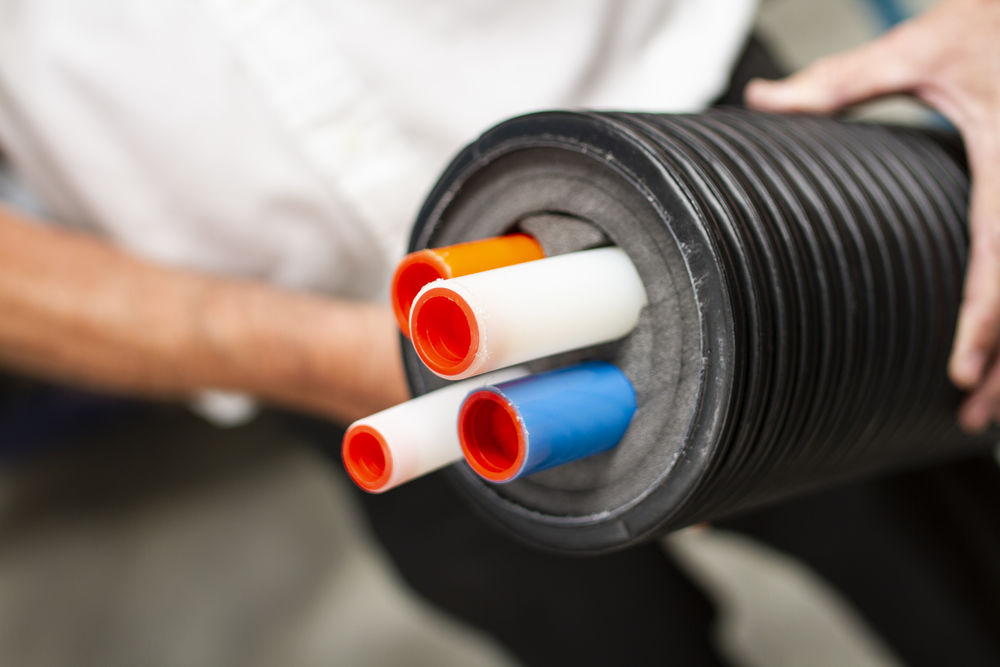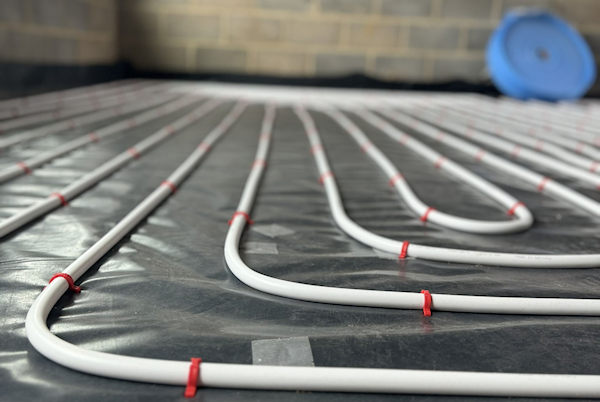
5 Simple Statistics that prove District Heating is the future of UK heat distribution
Whether you’re involved in district heating projects or are looking to break into the market, take a look behind some of the statistics that prove district heating is the future of modern energy supply for the UK – and an incredibly lucrative sector to be involved in right now.
£320 Million
This is the funding drive aimed at boosting low-carbon sources of heating for homes and businesses.
The Heat Networks Investment Project (or HNIP) aims to stimulate private investment within the sector. Made up of Government loans and grants, additional investment from energy companies including Engie, E.On, Vattenfall, SSE and Metropolitan show that there might just be something worthwhile going on.
2% of homes in the UK
As of 2013, 2% is the market share of homes connected to district heating, showing the scale of individual boiler heating in comparison. Government strategy set out targets to connect 50% of buildings to district heating networks by 2050. With 60% of buildings in Denmark connected as a benchmark, there is plenty of growth potential for the UK market.

Pre-Insulated pipes can perform a multitude of functions, from heated to sanitary.
6 pence per kWh
This is the average cost of delivering heat to an individual customer on a district heating system.[1]
Compare this to average 10 pence per kWh for gas heating, including fuel cost and replacing/installing necessary equipment, and the long-term savings for the end user and owners become apparent.
This becomes even more pronounced in lower-income areas with the ability to provide cheaper energy to those living in apartment struggling with fuel prices.

An expanded view of a typical district heating setup.
60kg/mWh
Compared to the average CO2 emissions of 240kg/mWh for gas heating systems using individual boilers, district heating can make a drastic improvement on the carbon footprint of multi-dwelling projects. With such importance placed on green energy choices, district heating has a huge role to play in UK Government targets to reduce carbon emissions as well as improving the air quality within densely populated areas.
98% of a city’s heating needs met through District Heating
The OPEC fuel crisis and ensuing oil embargo during the 1970’s plunged Denmark into an energy catastrophe. Huge lines at petrol stations, a driving ban on Sundays and restricted energy usage highlighted the country’s dependence on external sources of energy.
Following this crisis, the Danish government realised the importance of energy independence and aggressively shifted away from fossil fuels. Now a country that once ran almost entirely on imported oil now ranks Number 1 in the world for energy security, equity and environmental sustainability. [2]
This dramatic change across 30 years is largely thanks to District Heating networks. The system serves 98% of Copenhagen’s requirements with clean, reliable and affordable heating. [3] The aim is for Denmark to have fossil-free heating and electricity by 2035.
Where can I get the materials/plan for a district heating project?
Multipipe can provide high-quality pre-insulated pipes and heat interface units for any of your heating projects. With one of the most comprehensive ranges of pipe solutions on the market, Terrendis pre-insulated pipes cover a range of applications such as heating, sanitary, cooling and renewable energies. From frost protection to GPS locators, we have the innovative products you’ll need for any project.
Multipipe has the stock for projects of all sizes and functions available to be delivered directly to site. Click here to discuss your district heating needs with our expert team: quotation service.
[1] https://energysavingtrust.org.uk/what-district-heating/
[2]https://trilemma.worldenergy.org/
[3]https://www.c40.org/case_studies/cities100-copenhagen-carbon-neutral-district-heating












